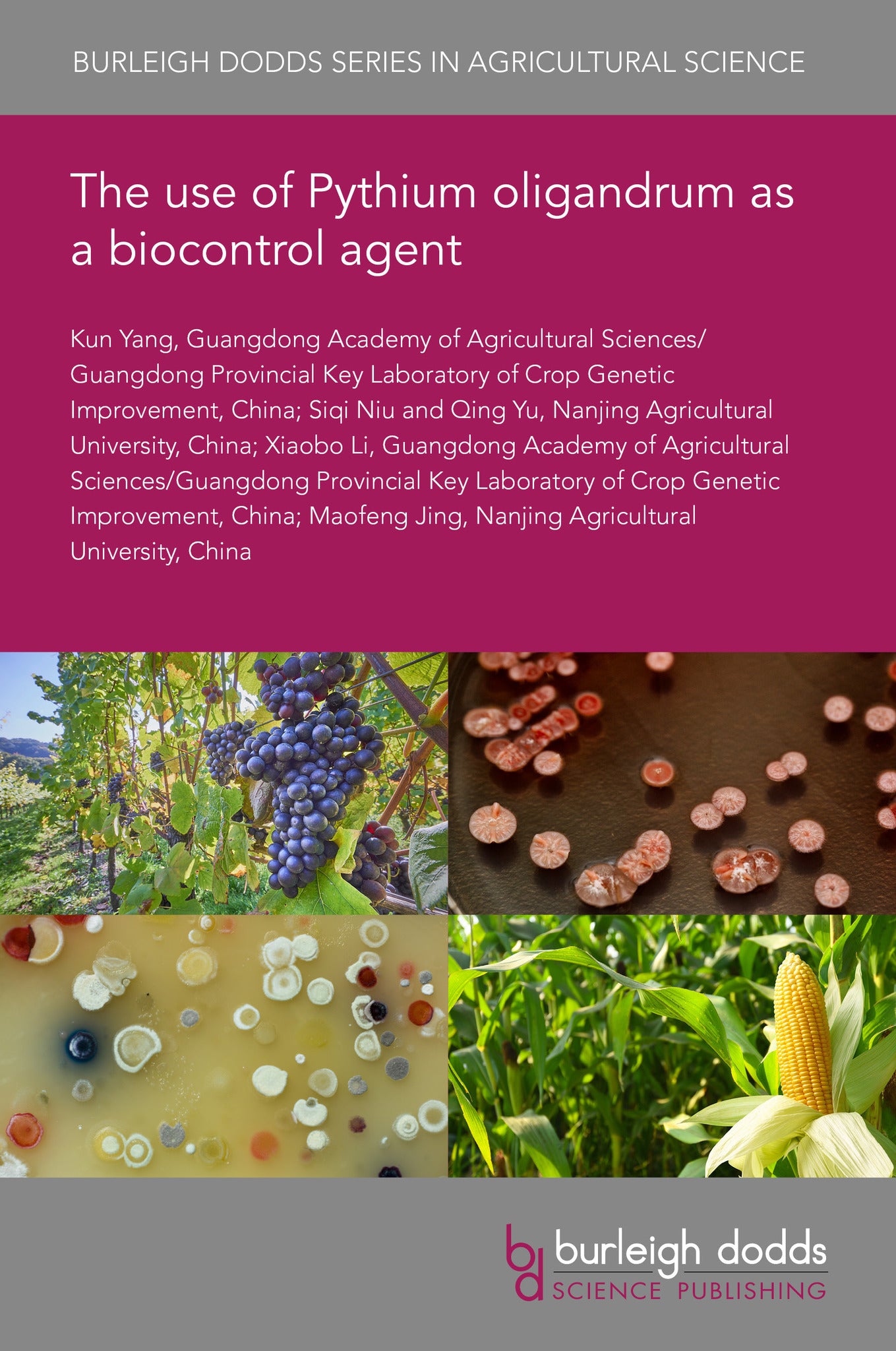We're sorry. An error has occurred
Please cancel or retry.
The use of Pythium oligandrum as a biocontrol agent

Some error occured while loading the Quick View. Please close the Quick View and try reloading the page.
Couldn't load pickup availability
- Format:
-
07 August 2025

The oomycete Pythium oligandrum is a soil-inhabiting mycoparasite of both fungi and oomycetes, and colonizes the root ecosystems of diverse plants to induce defense responses against pathogens. Based on the multiple advantages of P. oligandrum in plant disease control, which is non-toxic and environmentally friendly, and provides additional plant growth benefits. P. oligandrum has served as an important biological control agent (BCA) for plant disease control and has been widely and successfully used in agricultural production and ecosystem management. In this chapter, we primarily summarize the application of P. oligandrum as a BCA in controlling plant diseases caused by fungal, oomycete, and bacterial pathogens, and highlight approaches taken to identify and apply plant immunity-inducing proteins from P. oligandrum in inducing plant resistance against several plant diseases. We conclude with recommendations for the most urgent future research directions needed to address the efficient utilization of P. oligandrum and in disease control.

TECHNOLOGY & ENGINEERING / Pest Control, Pest control / plant diseases, TECHNOLOGY & ENGINEERING / Agriculture / Agronomy / Crop Science, TECHNOLOGY & ENGINEERING / Agriculture / Sustainable Agriculture, Sustainable agriculture, Agronomy and crop production, Botany and plant sciences

- 1 Introduction
- 2 The main biocontrol mechanisms of
- in plant disease control
- 3 Pythium oligandrum in plant disease control
- 4 Identification of plant immunity-inducing proteins from
- 5 Main types of plant immunity-inducing proteins in
- 6 The use of recombinant immunity-inducing proteins in Phytophthora disease control
- 7 Conclusion
- 8 Where to look for further information
- 9 References



